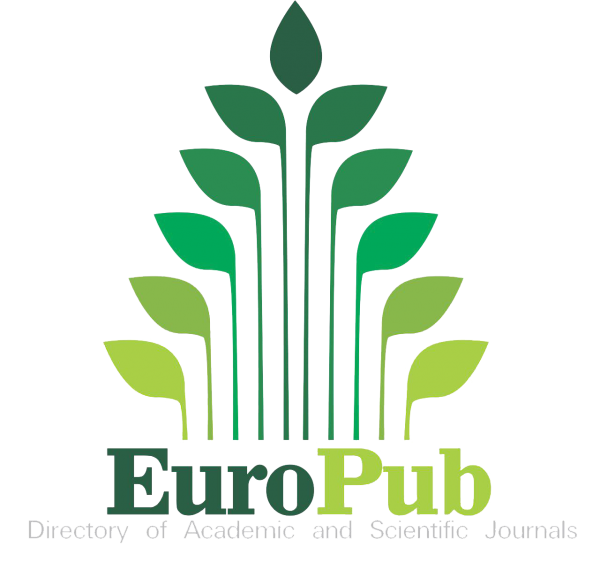Artificial Intelligence (AI) and Augmented Reality (AR) in Preschool Education: Innovative Applications
DOI:
https://doi.org/10.56868/jadhur.v3i3.245Keywords:
Artificial Intelligence, Augmented Reality, Education Technology, Learning Outcomes, Personalization, Problem-Solving, Creativity EnhancementAbstract
This study examines how artificial intelligence (AI), Personalization, problem-solving, and augmented reality (AR) technology affect educational outcomes. The rising use of digital technology in education requires understanding how it affects learning to design successful teaching practices. Analyzing student and instructor data using structural equation modelling creates a strong framework for exploring key construct interrelationships. The study focuses on six primary constructs: AI Personalization (AIP), AI Problem Solving (AIPS), Augmented Reality Creativity Enhancement (ARCE), Augmented Reality Engagement (ARE), Augmented Reality Social Interaction (ARSI), and Learning Outcomes (LOS). These three dimensions are positively connected, showing that strategic AI and AR applications in education could transform the experience. These associations were assessed using path analysis on 357 preschool instructors' survey responses. Results show a favourable association between AI personalization, AR engagement, ARCE, and ARSI (t = 7.947, p < 0.001). AIPS, ARCE, and ARSI have significant beta values (p < 0.001): β = 0.331, β = 0.559, and β = 0.227, indicating that LOS directly impacts these variables. Interaction effects show that LOS moderates the connection between AIP, AIPS, are-ARCE, and ARSI, but not ARSI (β = -0.116, p <0.001; β = 0.106, p= 0.026; β = 0.082, p = 0.086. This study has implications for educators, policymakers, and developers who want to learn how to use AI-AR to engage and delight children in learning. These findings feed training and resources to improve early learning with these technologies.
Downloads
Published
How to Cite
Issue
Section
License
Copyright (c) 2024 Dan Wang

This work is licensed under a Creative Commons Attribution 4.0 International License.
















